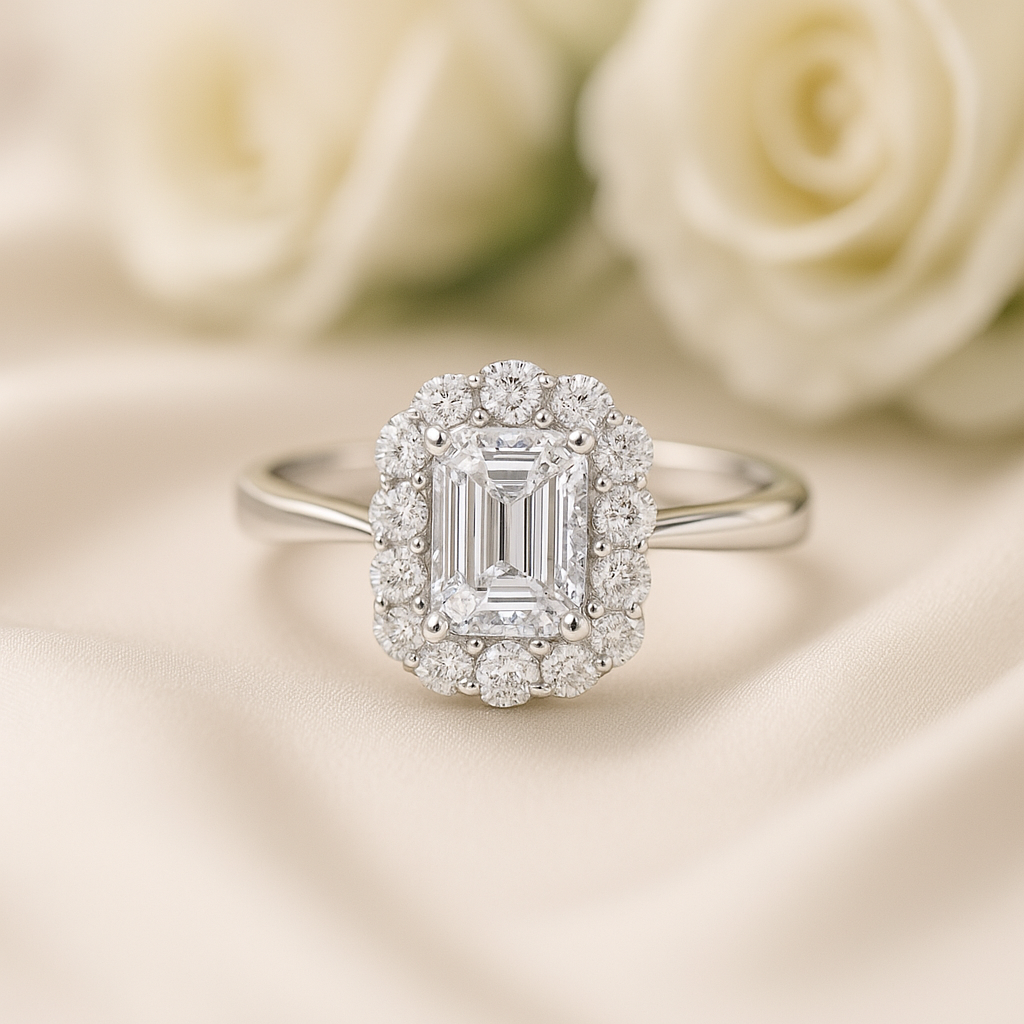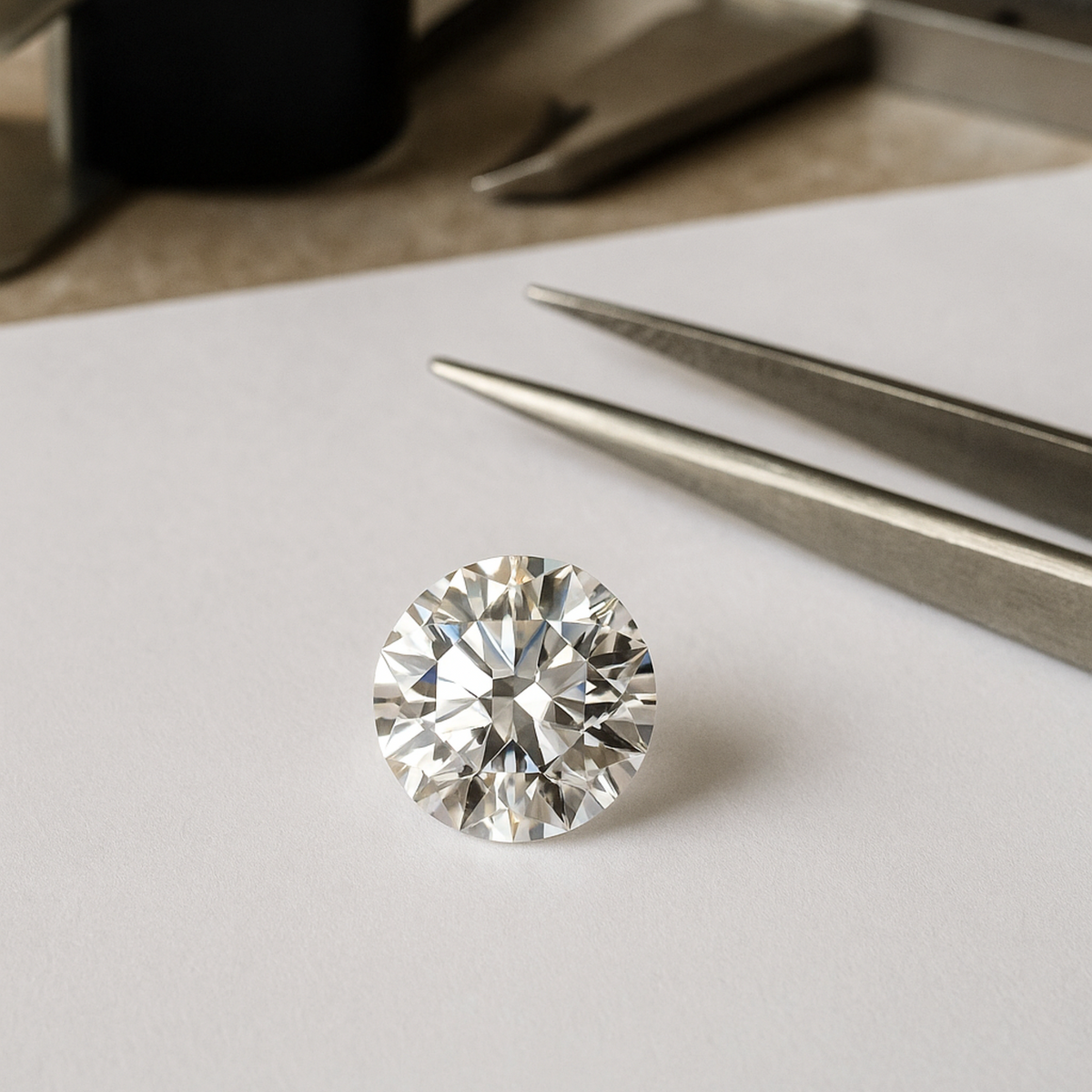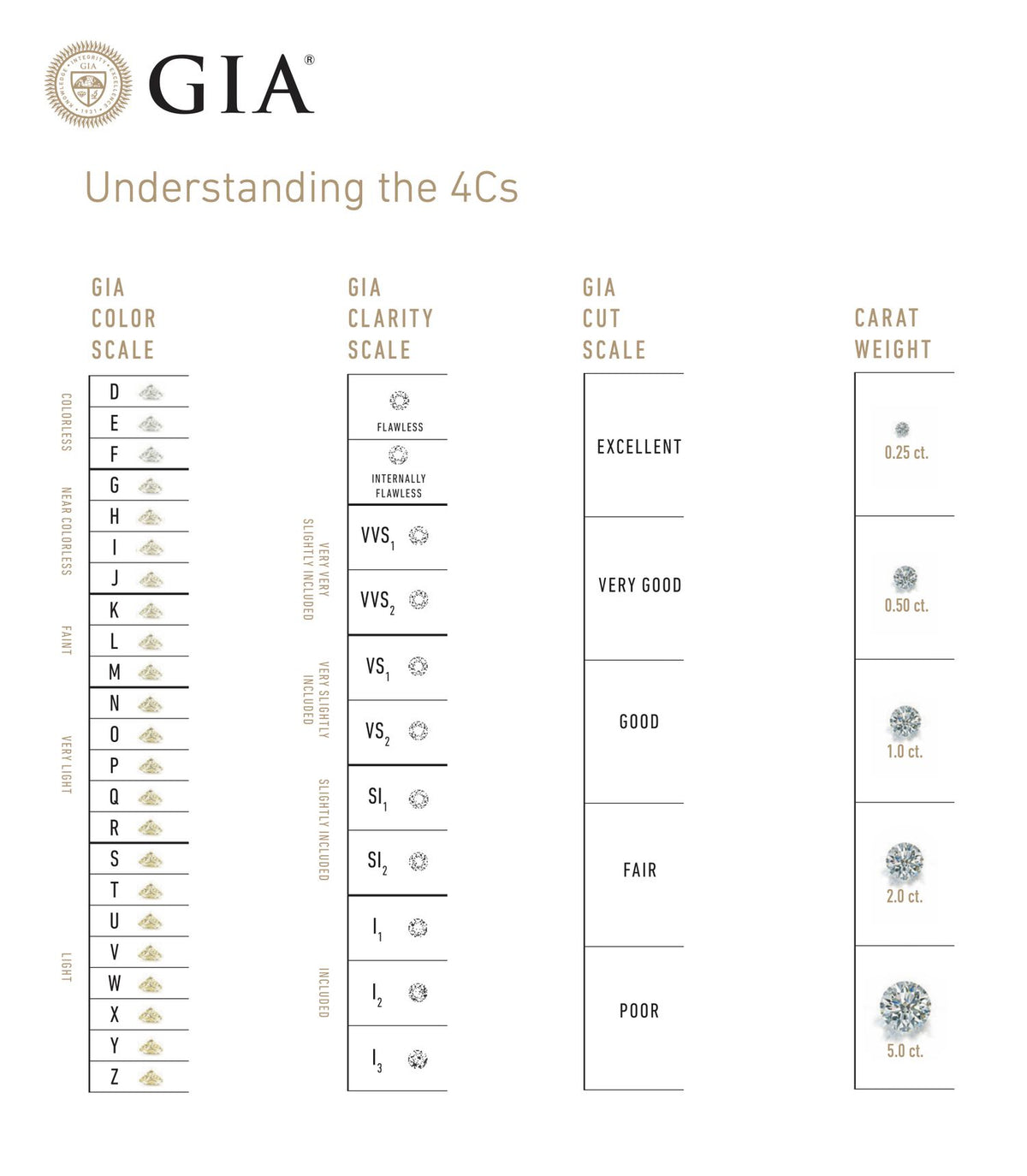Diamond Buying Guide
Buying a diamond ring is one of life’s most meaningful and memorable purchases. Whether you’re planning a proposal, celebrating an anniversary, or marking a milestone, we want our customers to be confident knowing they are buying the best quality stones.
Here's our guide to understanding the essentials of diamond quality, design, and craftsmanship will help you make a confident and informed choice.






